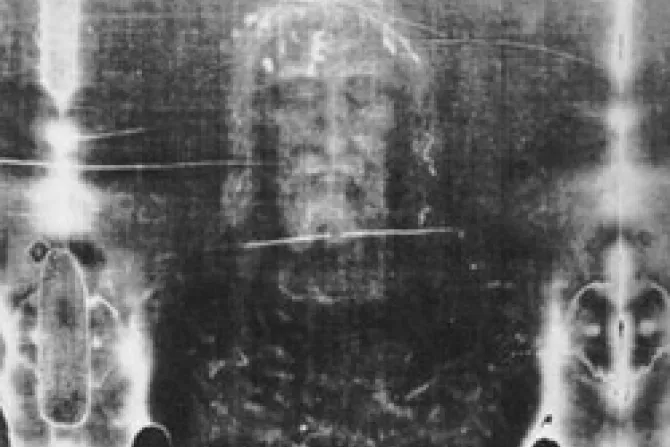Rome, Italy, Nov 25, 2009 / 05:21 am
A researcher in the Vatican secret archives claims to have interpreted a death certificate supposedly imprinted on the Shroud of Turin. However, a leading scientist and researcher on the Shroud cautions against reading too much into the images.
Dr. Barbara Frale, a researcher in the Vatican secret archive, claims that she has reconstructed the death certificate of a man named “Jesus the Nazarene or Jesus of Nazareth” from fragments of Greek, Hebrew, and Latin words she sees imprinted on the Shroud of Turin, reports the U.K. Times Online. The letters Frale claims to be interpreting were first found in a 1978 examination of the Shroud. Other letters have allegedly been found since then.
Dr. Frale told “La Repubblica” that Jewish burial practices at the time of the Roman occupation of Jerusalem mandated that a body buried after execution of a death sentence had be in a common grave and could only be returned to the family after a year had passed. Therefore, a death certificate was glued to the burial shroud, usually on the cloth near the face, so that the body could be easily identified.
Frale's reconstruction of the death certificate reads, “In the year 16 of the reign of the Emperor Tiberius Jesus the Nazarene, taken down in the early evening after having been condemned to death by a Roman judge because he was found guilty by a Hebrew authority, is hereby sent for burial with the obligation of being consigned to his family only after one full year." Dr. Frale noted that many of the letters were missing from the Shroud, and that Jesus, for example, was referred to as "(I)esou(s) Nnazarennos."


